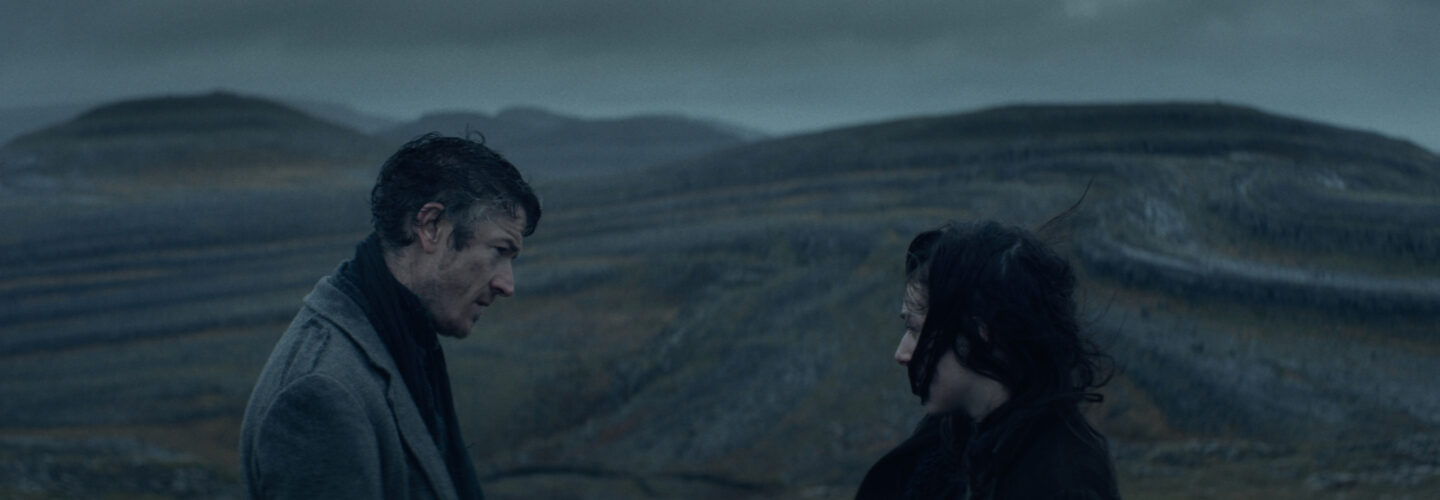
Shot against the breathtaking landscape of West Clare, Ireland Just a Little and Sweetdoh! co-produced short My Father, My Blood, delves into themes of family, gender control and identity as a father and his child, living an isolated nomadic existence, find their bond shaken after he murders a woman in cold blood. DN sat down with Writer/Director John Robert Brown to discover how the awe-inspiring Irish landscape galvanised this dark western meets fairy tale story of suppression and the madness of the male psyche.
What inspired this dark tale of repression and identity?
The initial idea was sparked from the actual landscape that features in the short. My father’s side of the family comes from Clare which is the county in Ireland where we filmed and where I spent many long summer holidays growing up. The area has a unique beauty and brutality which really could lend tone, mood and ultimately help build a mysterious, timeless world that the characters inhabit.
In essence, My Father, My Blood is a personal family drama about a father and child falling apart due to their differences and not being able to relate anymore. The story can also be seen as an allegory to other larger, more complex issues today, but it was the personal element that I was expressing and could emotionally attach to in this tale.
It feels like the County Clare landscape would have provided endless shooting possibilities.
Pre production was very long with many fun recces spent driving around the area in bleak winter scouting and working out the logistics. We did use this opportunity however to shoot some cutaways to lessen the load in the main shoot… plus the winter weather was a lot more dramatic! In January the wind and waves were so strong along the coastline they almost lifted our tiny rented car off the edge of the cliff.
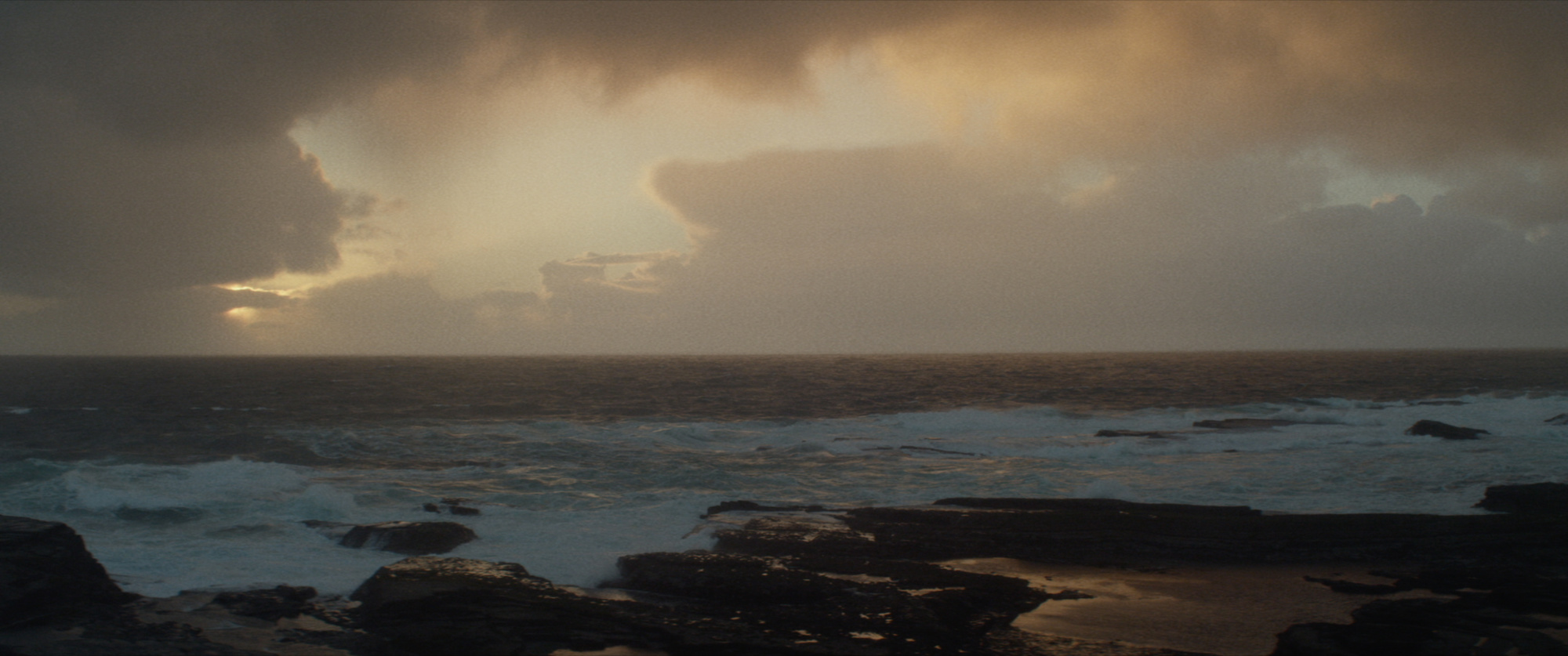
I have always been fascinated with the darker side of the human psyche.
One of the film’s many strengths comes from the father-daughter relationship being primarily expressed through body language and cinematography. How did the narrative style of My Father, My Blood develop?
My inspiration for the style originally came after spending a week watching a tonne of films at Camerimage (a Polish Film Festival dedicated to cinematography). Watching films like Winter Sleep or Leviathan (although heavy in dialogue) made me want to to explore a story rooted in key elements other than dialogue. Both films had extremely strong locations that would participate in telling the characters’ mood. So the challenge became about using all the elements of filmmaking to support and tell the story.
To what extent did you find yourself excising dialogue as the script was refined?
In earlier stages of the script some scenes had more expositional dialogue, but as the film started to take shape they were removed little by little. Ultimately, the actors just found ways to tell each other their truths, but as much as possible we tried to do that without dialogue.
How much supporting information did you provide to help them convey those truths?
The actors and I delved deep into backstories for each character. They both started in the same place with some life changing moments in their past but developing the backstory individually with myself meant they began going off in different directions on what and how they saw life. This was good for the characters as I wanted to separate them as much as possible. Using backstory really helped me get to a place quick with my actors on set, as we always had a history we could refer to help them find the emotion we were after. With such limited space for inner expression through dialogue, we needed a backstory to pin down the dramatic purpose of each scene.
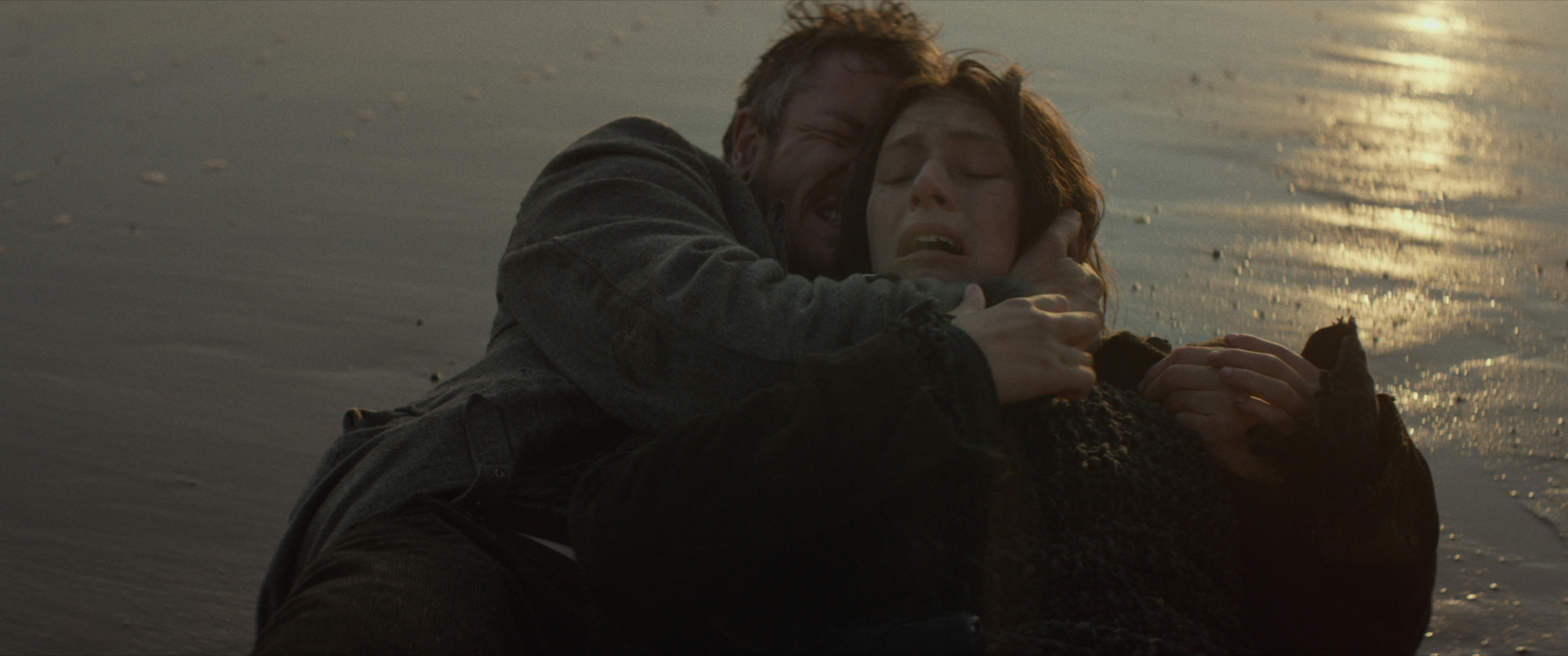
It was great working with such talented actors, Barry Ward and Jordanne Jones. They gave so much input and time to the development of the story that it became a very collaborative process. The role of the child was originally going to be a much younger actress but once we auditioned Jordanne, who was so raw and honest, the film was then somewhat rewritten with her in mind.
What was your set up for the shoot?
We shot on the RED Epic camera with a set of LOMO anamorphic lenses. These lenses are vintage Soviet-era lenses which gave a really interesting look. They really helped lessen the clean sharp digital image of the RED camera which I felt would have taken away from the timeless story. This setup had its problems though: the camera broke during a storm on top of a hill in the Burren (the rocky landscape also famous for the location of Father Ted’s house) after one slate and resulted in us losing the whole days’ shoot. The lenses were also quite hard to focus due to being quite soft, old and rickety but our Focus Puller Ben Smith did a stunning job.
We used a rain machine in our final scene which we were very lucky to source. We shot it in the backyard of the SFX company, FilmFX Ireland, who were very generous with us while they were on downtime between filming the Vikings TV show. We did have to shoot a pick up tracking shot for this scene however so went back to guerrilla filmmaking, with the camera in the boot of a car and our Producer Tibo Travers standing on top spraying two garden hoses on our actress. Somehow, we successfully accomplished the shot with no lasting injuries!



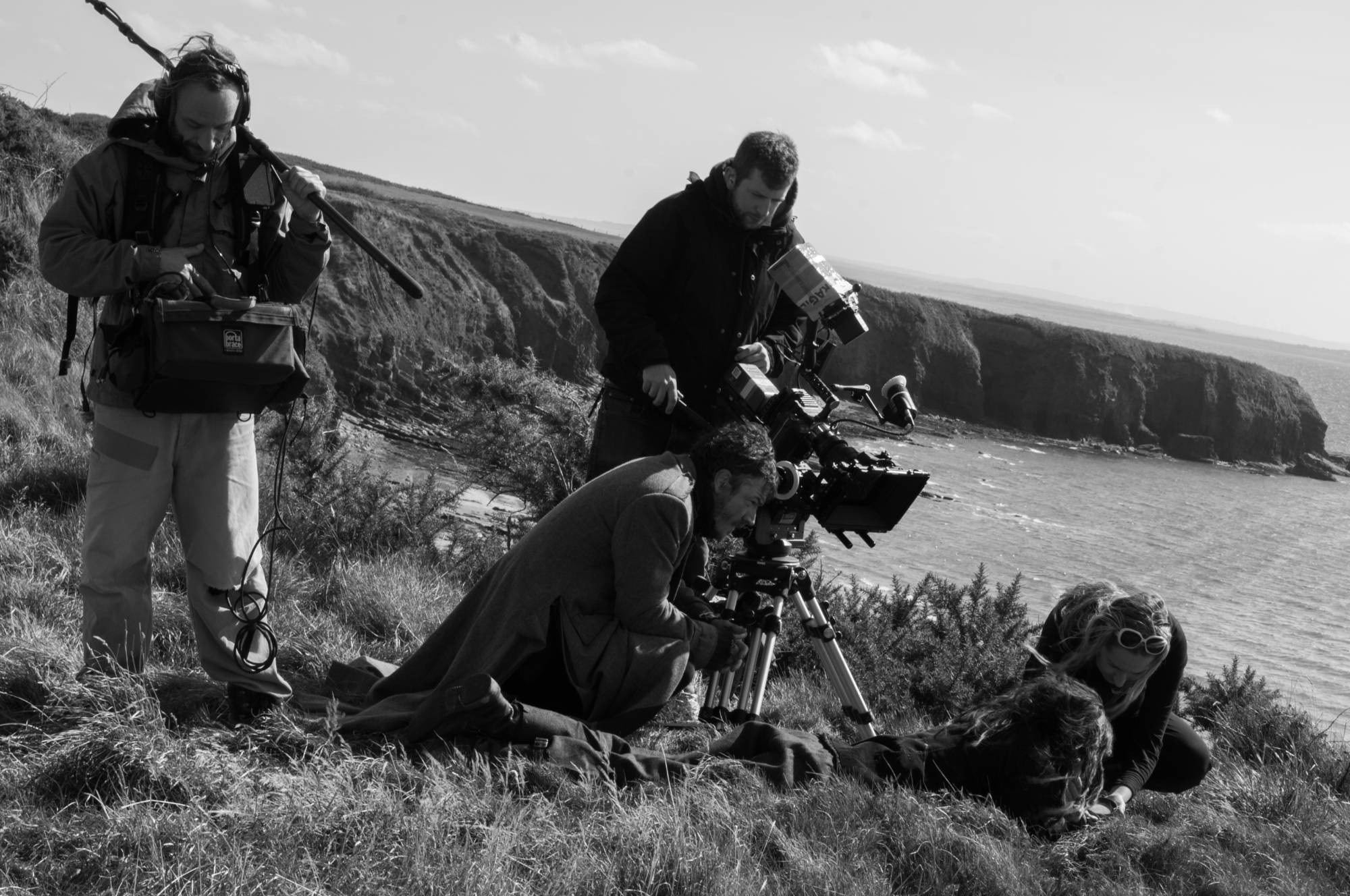
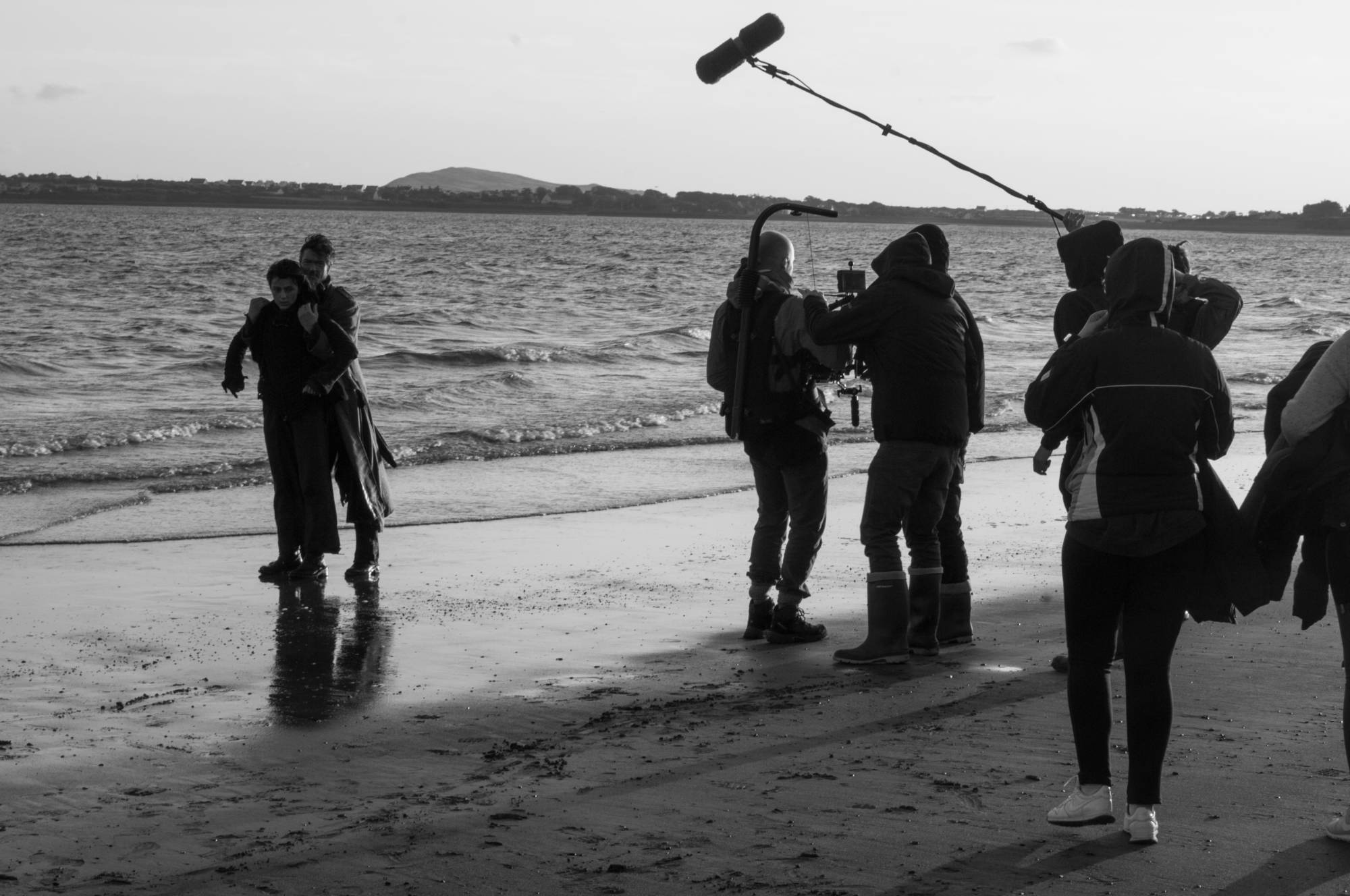
Could you tell us more about the role cinematography and editing played in expressing the story?
I like to adopt a shooting and editing style that will have a subconscious influence on the story. I believe one should only make a cut or camera move when it is motivated by story. Limited cuts increase the reality and the presence of the situation and hold the viewer in the world without a blink, edit or refresh. I wanted to limit close ups to very few specific shots- all of which would increase the impact and add to the emotion. Even when these rules are broken, which they can be, it will only again provide more impact. We actually had time on this film to allow for such clean takes meaning we never really cut for mistakes.
I like to adopt a shooting and editing style that will have a subconscious influence on the story.
Shooting wise, the film was simple. Most of it was shot with static frames, making composition and character position extremely important. We only used handheld shots when the main characters, Cillian & Daniel, come across other people. This helps with the idea that the world Cillian has constructed for himself & Daniel is becoming threatened and losing its balance. There is only one dolly move in the film, again used only to enhance the description of that specific moment.
All this led towards the film becoming more of a poetic way of telling the story through the visuals and performances.
How long was it from wrapping to completing post?
We shot at the end of the summer 2015 and the film was finished at the beginning of 2017. There was a long post production working through the sound design and creating the score, which for me, were both integral to the world I was building but also working abroad made it difficult to finish more quickly.

Has recently becoming a parent yourself altered your perspective of the film and its toxic father-daughter relationship at all?
I have always been fascinated with the darker side of the human psyche. Of course, my situation has changed since making this film but it hasn’t changed my perspective – in fact, it almost strengthened it. I don’t want to believe I am capable of such a way of living with or treating my own child, but as a filmmaker I feel my duty is not to necessarily to create life affirming endings that make everything ok but also to depict characters an audience would disagree with, yet who sometimes get away with it.
My hope as a writer/director is that it will shed a light on an issue or open people’s perspective – and create a conversation. Cillian, the father, ultimately fails to recognise and see the wonder in his daughter, someone that is different to him and something he can’t understand and is jealous of. This is sad for both of them. I am a man, so in me there could be a misogynist – approaching films like this helps me understand my privilege in today’s society and allows me to hopefully be more open and honest towards other plights in this world.
Are there any new projects on the horizon for you?
Yes, we have just finished shooting another short film called Young Mother, starring Jordanne Jones and Aoibhinn McGuinnity, set in modern day Dublin. It sheds a light on a specific view of addiction within a family, this time with a mother and her daughter. The film will be less symbolic and more urban/rough around the edges. It is in post production at the moment but we’re aiming to finish it early 19.

